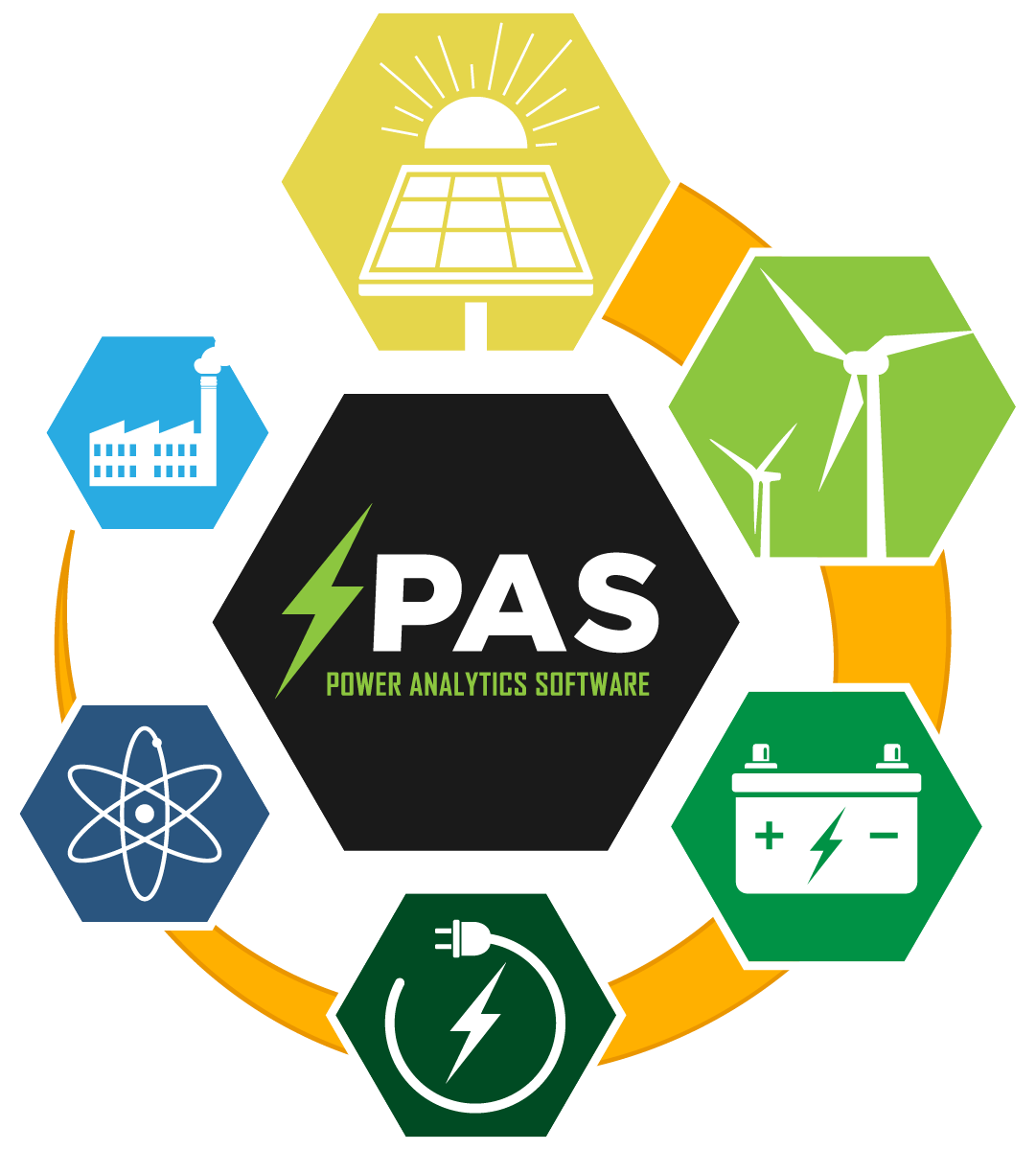So far, the Corona Virus has not penetrated our secret compound in sunny south Florida. Rob & Steve have been sequestered together for the purpose of staying healthy and cranking out lots of new features suggested by our development staff (that would be you, Dear Reader).
We’re excited to post new versions of the PAT and PAT Trader. Here’s a summary of the updates:
Power Analytics Transmission (PAT) Tool, Version 2.10
Event Tool:
- Write Event Files for Date Sensitive Limits (Thanks Sunil!)
- Want to use date-sensitive limits in the Event file? We have a new feature to make the painful manual process much easier.
- Start with a non-dated EVE file and give the PAT a CSV file with the dated limit info.
- Then the PAT will construct a properly formatted EVE file with the dated records.
- Check out our updated Help File for more detail.
- Easily Find and Add Branches to Events (Thanks Kevin!)
- Do you create one-off events frequently? Sick of dragging branches from the Power Flow Tool to the mon and con section? We created a Branch Finder right on the Event Tool to make your life easier.
- After you create a new event, a popup will appear where you can hunt for and add branches as a mon or con.
- Search Events by Mon or Con (Thanks Kevin!)
- Now you can search events on the front page by strings included in the mon or con, separately.
Contingency Evaluator Tool:
- Quick & Dirty Bus Injection (Thanks Neil!)
- Want to find investigate congestion effects on new gen project and do it fast?
- Now you can inject fixed MW at your bus and find contingencies for your selected hours.
- This is a quick-and-dirty version of the more elaborate Bus Injection Tab. If you wish to find the best site for a new project, don’t forget the Unit Siting Tool.
- What’s in the Cloud? (Thanks Ryan and Karthik!)
- The mystery is no more. Now you can see the branches in the cloud used for determining monitored elements on the press of a button.
- On the Bus Injection Tab, the CSV report now identifies which contingencies cause the reported multi-hour overloads. (Thanks Sunil!)
- You can now save a local copy of the contingency options in a separate XML file.
Power Flow Tool:
- Branches that have date-sensitive parameters (limits, impedance) will display with a blue font for easy identification. (We know, trivial, but helpful)
- Don’t forget that you can now read in hub/zone definitions for import to PROMOD. (Thanks Daniel!)
Unit Siting Tool:
- Temporary PAT-created constraints built by the tool are now visible at the press of a button. (Thanks Ryan and Karthik!)
LODF Tool:
- Now you can compute Line Outage Participation Factors (LOPF). Same formula as LODF, except the denominator is the outaged branch’s Rate B instead of the pre-outage MW flow. (Thanks Frank!)
ISO Report:
The PAT can now produce the ISO-required report documenting:
- Ownership, capacity, heat rate, run time parameters, etc. for all thermal units
- Ownership, capacity, curtailment penalties, etc. for all renewable units
- Ownership and location of all mapped loads
- All constraints that lie in the selected areas of interest (Thanks Craig!)
Check out the Help File for instructions.
General Modeling:
- Distributed Energy Resources:
- We incorporated Promod’s new Behind-the-Meter generation model in the PAT. We are verifying the new model’s behavior and working with ABB to refine both the Promod and the PAT implementation. We’ll keep you posted when we think the model and the corresponding reporting is fully operational.
- Pss/E:
- The PAT can now read the new version 35 raw file.
- Area Names:
- The former PromodAreaNames.csv file is now named LongAreaNames.csv for clarity. Use this file to get the long area names, which are not in the PFF, into your branch and bus templates for Promod. Remember, the file can now be put in the executable path for general use by everyone. See the Help File under Miscellaneous, Special Promod Files.
New PAT Trader Version
Most of you PAT users are not familiar with PAT Trader, but you should be. Our clients that use both can identify constraints that bind in the actual market, but don’t show up in the PAT or Promod. This gives them an edge when comparing results with their competition.
PAT Trader is completely independent from Promod. It runs from ISO-provided data, some of which require CEII permissions from the ISO. Read: You need CEII access to use this program. We can walk you through the process if you don’t have it already. We developed this tool primarily for energy and FTR traders, but to our surprise, the tool is proving very useful for Promod studies.
Here are some of the basic functions:
- The power flow model is the FTR/CRR pss/E raw file. Currently, the program works with PJM and MISO data. We are actively working on SPP and ERCOT.
- The program downloads several years’ worth of market constraints (day-ahead and real-time) from the market. All constraints are automatically mapped to the model buses and branches. An easy-to-use mapping tool helps you manually map any that can’t be automatically mapped.
- PAT Trader downloads and maps all current forced and future planned transmission outages to the FTR network. Now you can pick a day and the program will adjust network topology to reflect the market conditions for that period.
- The program computes shift factors for all constraints (really, really fast) and predicts any LMP price swings caused by planned outages. It’s easy to identify which particular outage would cause a market constraint to possibly bind. The Return-to-Service Date lets the user know the duration of the outage effect.
How is it useful to Promod Modelers?
- Congestion Tool:
- Plot the historic basis for a proposed project and identify the market constraints that have had the greatest positive and negative impact on the basis.
- Current Constraints:
- Download the constraints active in the market right now and compute shift factors for all buses.
- Use this to determine the effect of a constraint on your gen project’s congestion LMP.
- Find current transmission outages that impact the constraints active in real-time.
- Outage Effects:
- Highlight future planned transmission outages that effect your proposed project’s basis.
- Identify nearby unplanned outages that would crush the basis, using real market constraints.
The cool part is that PAT Trader works from actual market data, not a simulation of what you think the market might look like.

